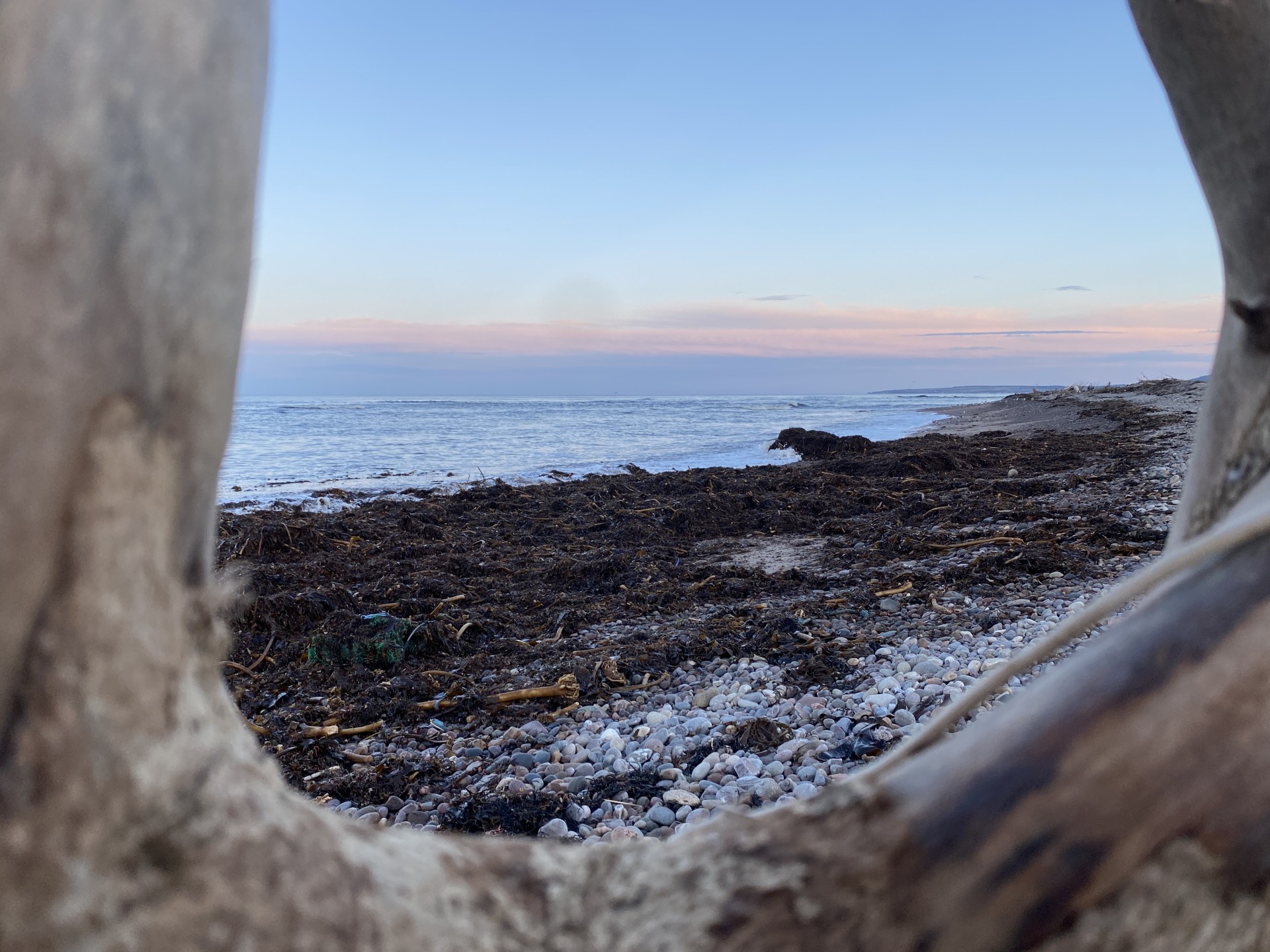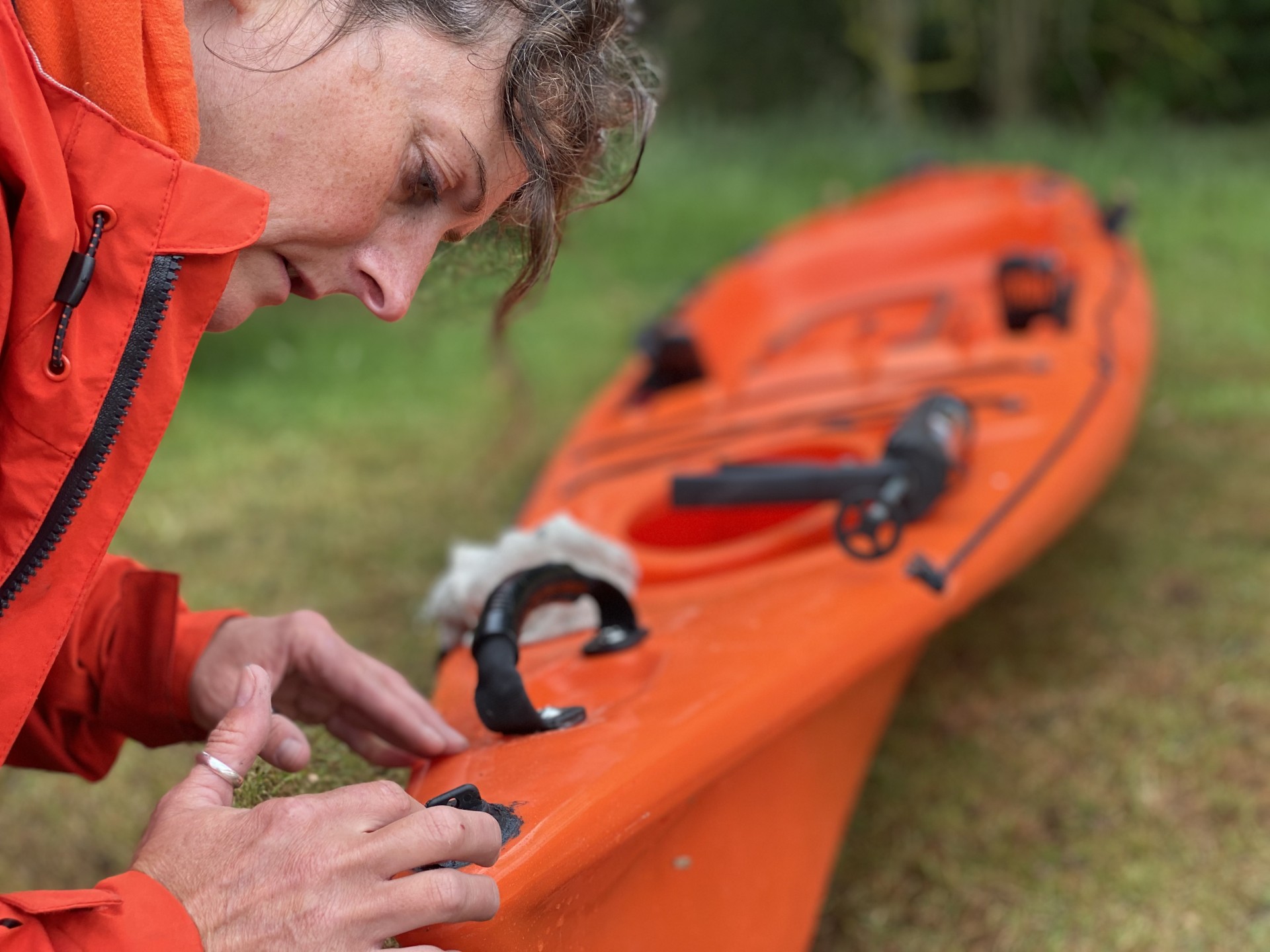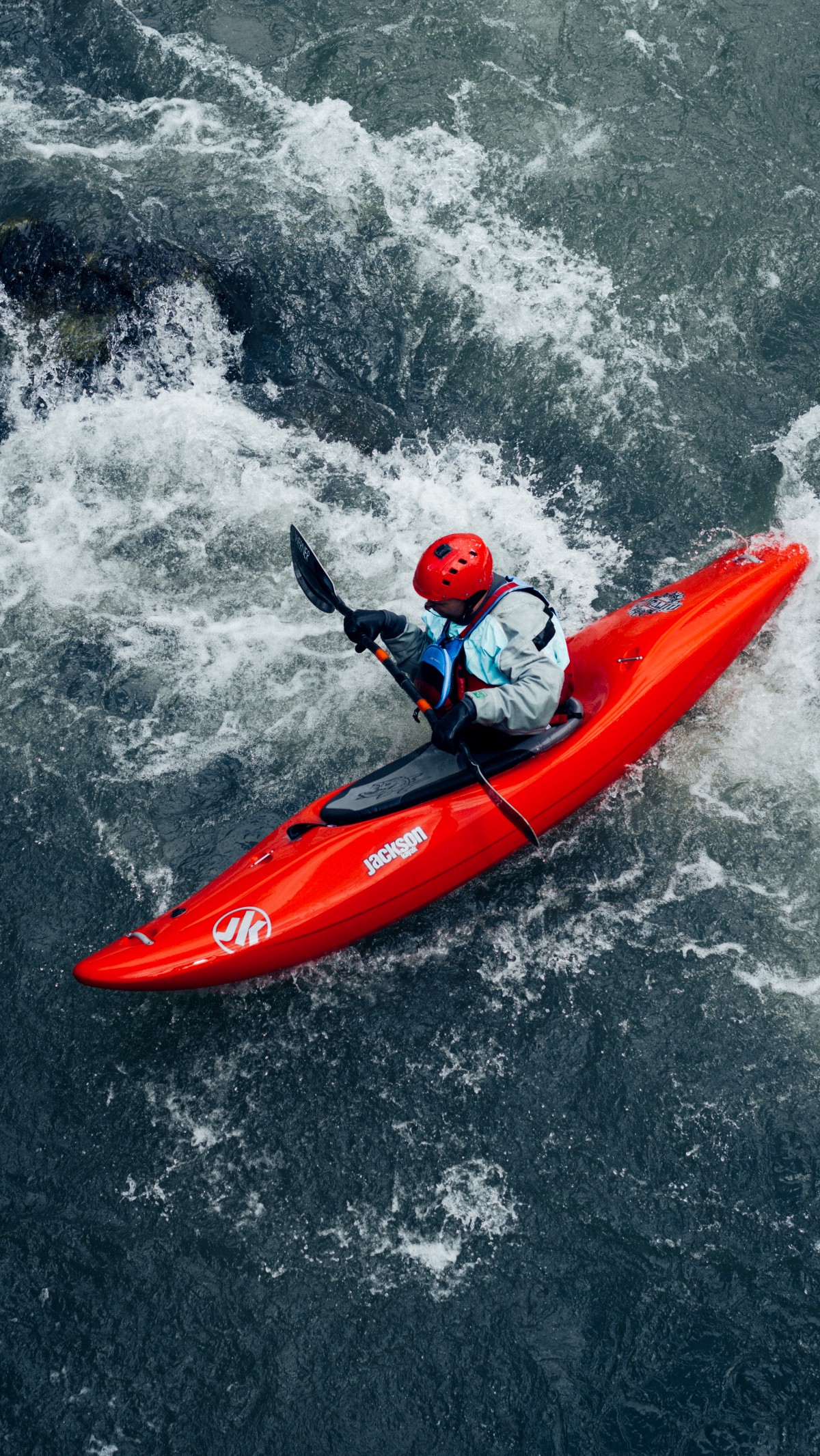Mastering the Waves: A Comprehensive Guide to Navigating Tides & Currents
For centuries, sailors and seafarers have had to contend with the ever-changing forces of nature while navigating the world’s oceans. One of the most challenging aspects of sailing is dealing with tides and currents, which can greatly impact a ship’s speed, direction, and overall safety. To successfully navigate these unpredictable forces, sailors must have a firm understanding of how tides and currents work, as well as the various techniques and strategies for navigating them.
Tides, which are the rising and falling of the sea level caused by gravitational forces exerted by the moon and the sun, occur twice a day and can greatly affect a ship’s movement. Understanding how tides work is crucial for sailors, as they need to know when high and low tides will occur in order to plan their voyages effectively. Tidal ranges can vary significantly depending on the location and can impact a ship’s ability to navigate shallow waters, harbors, and estuaries.
Currents, on the other hand, are the continuous, horizontal movements of water caused by a variety of factors, including wind, temperature, salinity, and the earth’s rotation. Currents can greatly impact a ship’s speed and direction, and sailors must be able to anticipate and adapt to these forces in order to navigate safely. Some currents can be incredibly strong and may require sailors to adjust their course or sailing techniques accordingly.
To effectively navigate tides and currents, sailors can employ a variety of techniques and strategies. One common method is to consult tide tables and current charts, which provide valuable information on the times and strengths of tides and currents in a given area. By carefully planning their voyages based on this information, sailors can minimize the impact of these forces on their journey.
In addition to planning ahead, sailors can also use navigation aids such as buoys, beacons, and landmarks to help them navigate tides and currents. By keeping a close eye on these markers and adjusting their course as needed, sailors can more easily navigate through challenging waters.
Finally, sailors can also use their knowledge of local geography and weather patterns to anticipate the movements of tides and currents. By understanding how these forces interact with the topography of the coastline and the prevailing wind patterns, sailors can better predict and navigate through changing conditions.
In conclusion, mastering the waves and successfully navigating tides and currents is essential for any sailor looking to travel the world’s oceans safely and efficiently. By understanding how tides and currents work, as well as employing the right techniques and strategies, sailors can confidently navigate through even the most challenging waters. So next time you set sail, remember to keep a close eye on the tides and currents and you’ll be well on your way to mastering the waves.



